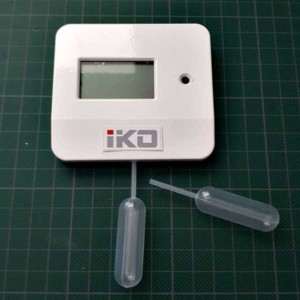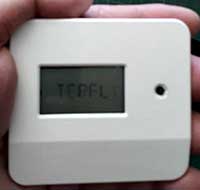COMPACT DEVICE FOR NON-INVASIVE MEASUREMENT OF MARKERS IN PHYSIOLOGICAL FLUIDS
The present invention provides a device with improved characteristics enabling the measurement of the levels of various markers in physiological fluids. High measurement sensitivity enables the analysis of samples containing extremely low amounts of the analysed marker. The ease of use and small dimensions of the device built based on the claimed invention enable monitoring the patient’s condition at home using non-invasive physiological fluids (saliva, tears, sweat and urine). This result is achieved through the utilization of a new detection system and the position of the subsystems of the device. One of the key innovations is related to a specially designed compact photon counter, the method of positioning the photon counter in the device, and the algorithm for the operation of the device. The use of the optical design described here eliminates the need for additional optical elements that would significantly contribute to measurement errors.
The invention disclosed herein possesses a number of advantages over the currently known devices. The hand-held dimensions and ease of use of the device enable using the device of the invention as a home testing device or a portable unit for field use. The positioning methods and special technical solutions used in the electronic and optical design of the device enable reducing the dimensions of the device while still retaining high sensitivity. The device has no moving parts, making it resistant to mechanical influences and temperature effects. The novel design of the optical subsystem eliminates strict requirements for the alignment of the sensor in relation to the emission of the beam of light. The emission and signal detection systems are resistant to temperature effects and mechanical influences, including mechanical shocks. The algorithm of operation and the design solutions employed allow achieving very low power consumption and resistance to fluctuations in supply voltage and the draining of batteries. The algorithm includes automatic adjustment of the device to changes in operating conditions. The high level of stability in the operation of the device, in turn, ensures the high repeatability of the measurements. Deviations in repeated measurements performed using the device amount to no more than 5%. The high sensitivity and broad spectrum of measured concentrations along with low measurement errors make it possible to measure extremely low concentrations of markers in various physiological fluids.




